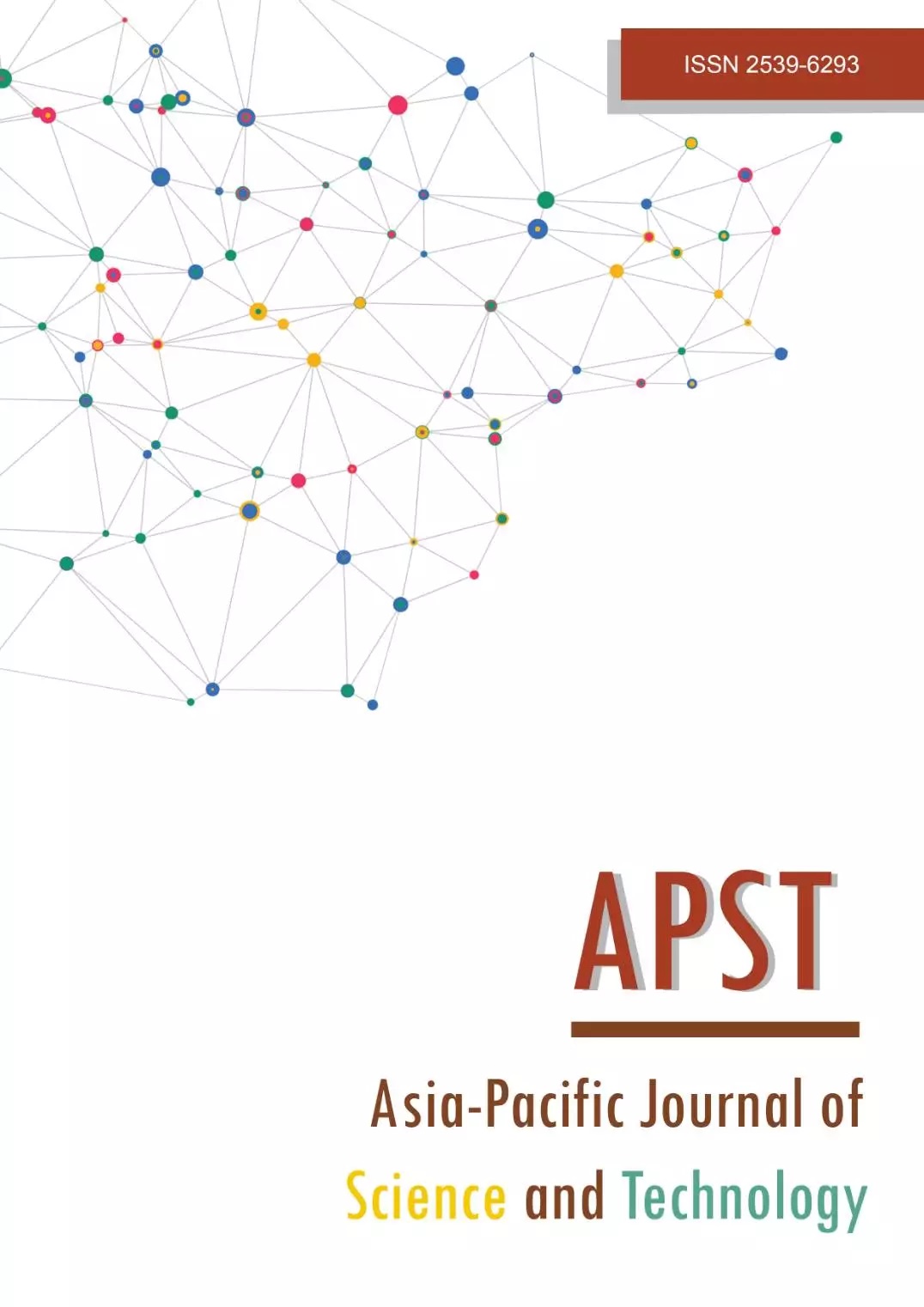Short-term impact of mini-marathon running on alteration of blood lipoproteins
Main Article Content
Abstract
Individuals are increasingly aware of their health and often engage in various exercises to improve it. Mini-marathon running has become particularly popular due to its minimal equipment needs and its benefits for both physical and mental well-being. Lipoproteins, different forms of adipose tissue, are crucial indicators of general health. However, studies on how mini-marathon running affects lipoprotein levels are limited. Therefore, this study involved ten healthy volunteers who participated in a mini-marathon to investigate potential changes in their lipoprotein levels. Blood samples were collected before and after the test to measure any changes. The results indicated that participating in a single mini-marathon significantly reduced weight, body fat percentage, body mass, cholesterol, high-density lipoprotein (HDL), and low-density lipoproteins (LDL) levels (Z= -1.972, -2.002, -2.275,
-3.05, -2.468, -2.200 with p-values of 0.049, 0.045, 0.023, 0.002, 0.014, and 0.028, respectively). However, the effects on lipoprotein patterns varied among individuals, likely due to the unique physiological responses triggered by the run. Consequently, the researchers recommend further studies to explore the long-term effects of physical activity on lipoprotein fluctuations.
Article Details

This work is licensed under a Creative Commons Attribution-NonCommercial-NoDerivatives 4.0 International License.
References
Clarkson PM, Hubal MJ. Exercise-induced muscle damage in humans. Am J Phys Med Rehabil. 2002;81:S52–S69.
Keys A. Coronary heart disease in seven countries. Circulation 1970;41:186-195.
Masley SC, Weaver W, Peri G, Phillips SE. Efficacy of lifestyle changes in modifying practical markers of wellness and aging. Altern Ther Health Med. 2008;14:24-31.
Morris JN, Chave SPW, Adam C, Sirey C, Epstein L, Sheehan DJ. Vigorous exercise in leisure-time and the incidence of coronary heart-disease. Lancet. 1973;301:333-339.
Paffenbarger Jr RS, Wing AL, Hyde RT. Physical activity as an index of heart attack risk in college alumni. Am J Epidemiol. 1978;108:161-175.
Castelli WP, Doyle JT, Gordon T, Hames CG, Hjortland MC, Hulley SB, et al. HDL cholesterol and other lipids in coronary heart disease. The cooperative lipoprotein phenotyping study. Circulation. 1977;55:767-772.
Gordon T, Castelli WP, Hjortland MC, Kannel WB, Dawber TR. High density lipoprotein as a protective factor against coronary heart disease: the Framingham Study. Am J Med. 1977;62:707-714.
Miller NE, Thelle DS, Førde OH, Mjøs OD. The tromsøheart-study: high-density lipoprotein and coronary heart-disease: a prospective case-control study. Lancet. 1977;309:965-968.
Pronk NP. Short term effects of exercise on plasma lipids and lipoproteins in humans. Sport Med. 1993;16:431-448.
Promnoi S. A study of people’s motivation to participate in mini marathons in Thailand [Dissertation]. Nakhon-Pathom: Mahidol University; 2019.
Kelley GA, Kelley KS, Tran ZV. Walking, lipids, and lipoproteins: a meta-analysis of randomized controlled trials. Prev Med (Baltim). 2004;38:651-661.
Kelley GA, Kelley KS. Aerobic exercise and lipids and lipoproteins in men: a meta-analysis of randomized controlled trials. J Mens Health Gend. 2006;3:61-70.
Dressendorfer RH, Wade CE, Hornick C, Timmis GC. High-density lipoprotein-cholesterol in marathon runners during a 20-day road race. Jama. 1982;247:1715-1717.
Adner MM, Castelli WP. Elevated high-density lipoprotein levels in marathon runners. Jama. 1980;243:534-536.
Kantor MA, Cullinane EM, Herbert PN, Thompson PD. Acute increase in lipoprotein lipase following prolonged exercise. Metabolis. 1984;33:454-457.
Wallace MB. The acute effects of resistance exercise on parameters of lipoprotein metabolism [Dissertation]. Florida: The Florida State University; 1989.
Parker H, Hunt ET, Brazendale K, Klinggraeff L von, Jones A, Burkart S, et al. Accuracy and precision of opportunistic measures of body composition from the Tanita DC-430U. Child Obes. 2023;19:470-478
Masakul P, Rungsihirunrat K. The Effectiveness of 3-Month Exercise Program on Body Composition in Overweight Adult Army Male Officers at Support Unit of Armed Forces Development Command, Bangkok, Thailand: A Quasi-Experimental Study. IJMRAP. 2020;3:31-36.
Timnea AC, Potop V, Timnea Oc. Analysis of body composition in football athletes aged 6 to 10. Ovidius Univ Ann Ser Phys Educ Sport Mov Heal. 2022;22:265-269.
Pierce B, Muir S. Do this warm-up and cool-down every time you run. In: Run. world. [Internet]. 2017 [cited 2022 Oct 5]. Available from https://www.runnersworld.com/uk/training/cross-training/a775986/do-this-warm-up-and-cool-down-every-time-you-run/.
Österdahl M, Kocturk T, Koochek A, Wändell PE. Effects of a short-term intervention with a paleolithic diet in healthy volunteers. Eur J Clin Nutr. 2008;62:682-685.
Leal-Cerro A, Garcia-Luna PP, Astorga R, Parejo J, Peino R, Dieguez C, et al. Serum leptin levels in male marathon athletes before and after the marathon run. J Clin Endocrinol Metab. 1998;83:2376-2379.
Hazell TJ, Hamilton CD, Olver TD, Lemon PWR. Running sprint interval training induces fat loss in women. Appl Physiol Nutr Metab. 2014;39:944-950.
Knoepfli‐Lenzin C, Sennhauser C, Toigo M, Boutellier U, Bangsbo J, Krustrup P, et al. Effects of a 12‐week intervention period with football and running for habitually active men with mild hypertension. Scand J Med Sci Sports. 2010;20:72-79.
Kuusi T, Kostiainen E, Vartiainen E, Pitkänen L, Ehnholm C, Korhonen HJ, et al. Acute effects of marathon running on levels of serum lipoproteins and androgenic hormones in healthy males. Metaboli. 1984; 33:527-531.
Binder EF, Birge SJ, Kohrt WM. Effects of endurance exercise and hormone replacement therapy on serum lipids in older women. J Am Geriatr Soc. 1996;44:231-236.
Whitehurst M, Menendez E. Endurance training in older women: lipid and lipoprotein responses. Phys Sportsmed. 1991;19:95-103.
Van der Eems K, Ismail A. Relationships between age and selected serum lipids and lipoproteins in women before and after a physical fitness programme. Br J Sport Med. 1985;6:43-45.
Durstine JL, Grandjean PW, Davis PG, Ferguson MA, Alderson NL, DuBose KD. Blood lipid and lipoprotein adaptations to exercise: a quantitative analysis. Sport Med. 2001;31:1033-1062.
Wood PD, Stefanick ML, Dreon DM, Frey-Hewitt B, Garay SC, Williams PT, et al. Changes in plasma lipids and lipoproteins in overweight men during weight loss through dieting as compared with exercise. N Engl J Med. 1988;319:1173-1179.
Ballantyne D, Clark A, Dyker GS, Gillis CR, Hawthorne VM, Henry DA, et al. Prescribing exercise for the healthy assessment of compliance and effects on plasma lipids and lipoproteins. Health Bull (Raleigh). 1978;36:169-176.


